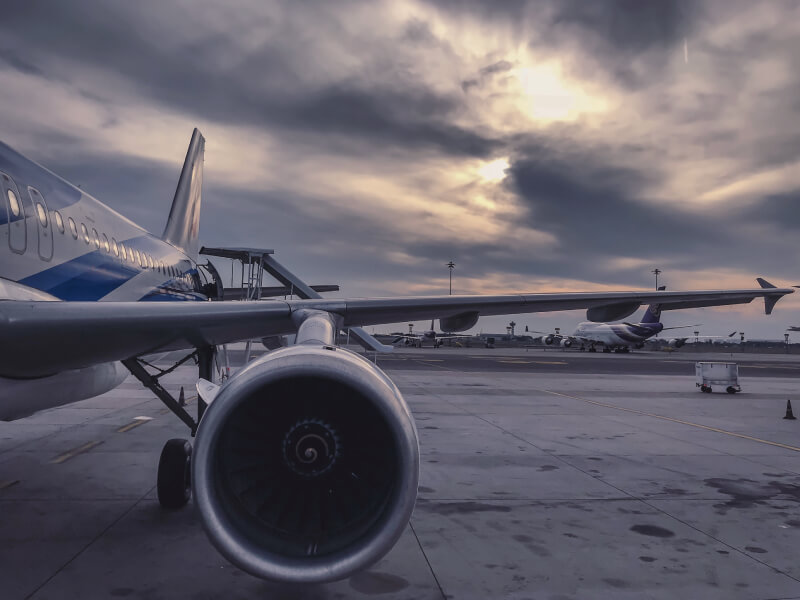International Sea/Air Freight

International sea and air freight are two primary methods of transporting goods across borders and between countries. They play a crucial role in global trade and commerce, allowing businesses to move their products efficiently to international markets.
Sea Freight (Ocean Freight)
Sea freight involves the transportation of goods by cargo ships across oceans and seas. It is often used for transporting large quantities of goods, heavy machinery, and bulk commodities. Sea freight is generally slower than air freight but is more cost-effective for transporting large volumes.
Advantages
- Cost-Effective: Sea freight is usually cheaper per unit of volume or weight compared to air freight.
- Suitable for Bulk Cargo: It's ideal for transporting large quantities of goods, including raw materials and manufactured products.
- Eco-Friendly: Ships have a lower carbon footprint per ton of cargo compared to airplanes.
Disadvantages
- Slower Transit Times: Shipping by sea is generally slower than air freight, which can impact supply chain timelines.
- Limited Accessibility: Ports might not be accessible for certain destinations, requiring additional inland transportation.
- Weather and Delays: Weather conditions can cause delays and disruptions in sea freight schedules.
Air Freight

Air freight involves the transportation of goods by airplanes. It’s known for its speed and efficiency, making it suitable for perishable goods, high-value items, and time-sensitive shipments.
Advantages
- Faster Transit: Air freight is much quicker than sea freight, allowing for faster delivery of goods.
- Global Reach: Airports are present in most major cities worldwide, providing broad accessibility.
- Reduced Warehousing Costs: Faster transit times can lead to lower warehousing expenses.
Disadvantages
- Higher Costs: Air freight is generally more expensive than sea freight, especially for large or heavy shipments.
- Limited Capacity: Airplanes have limited cargo space compared to cargo ships, which can impact availability.
- Environmental Impact: Air freight has a higher carbon footprint per ton of cargo compared to sea freight.
When choosing between sea and air freight, businesses need to consider factors such as the nature of the goods, shipping budget, delivery timeline, and environmental considerations. Some companies may opt for a combination of both methods, known as intermodal or multimodal transportation, to optimize costs and delivery times.
It’s worth noting that customs regulations, documentation requirements, and logistics providers can vary significantly based on the mode of transport and the countries involved. As of my last update in September 2021, it’s important to consult with freight forwarding companies or logistics experts to get the most up-to-date and accurate information for your specific shipping needs.
